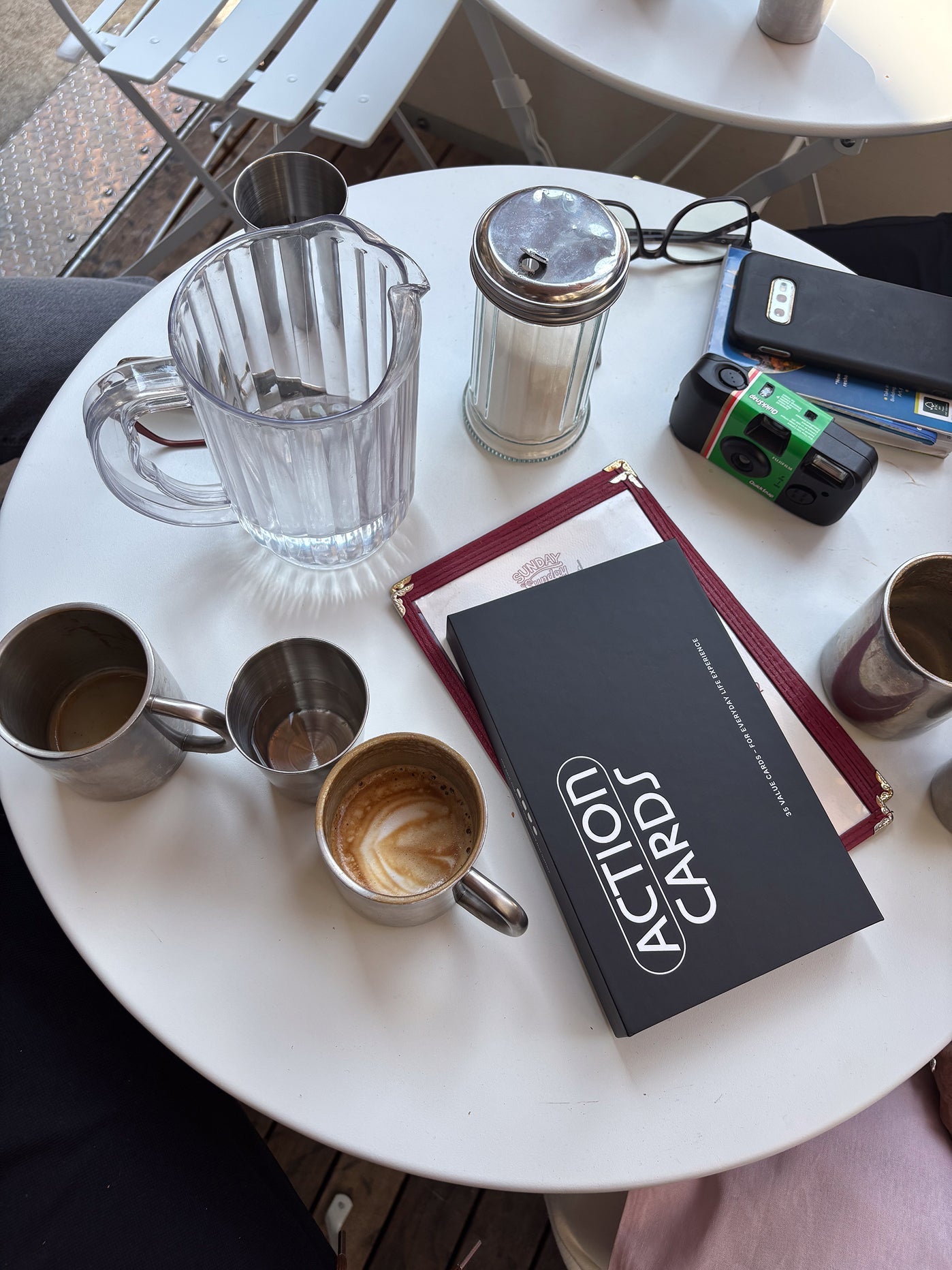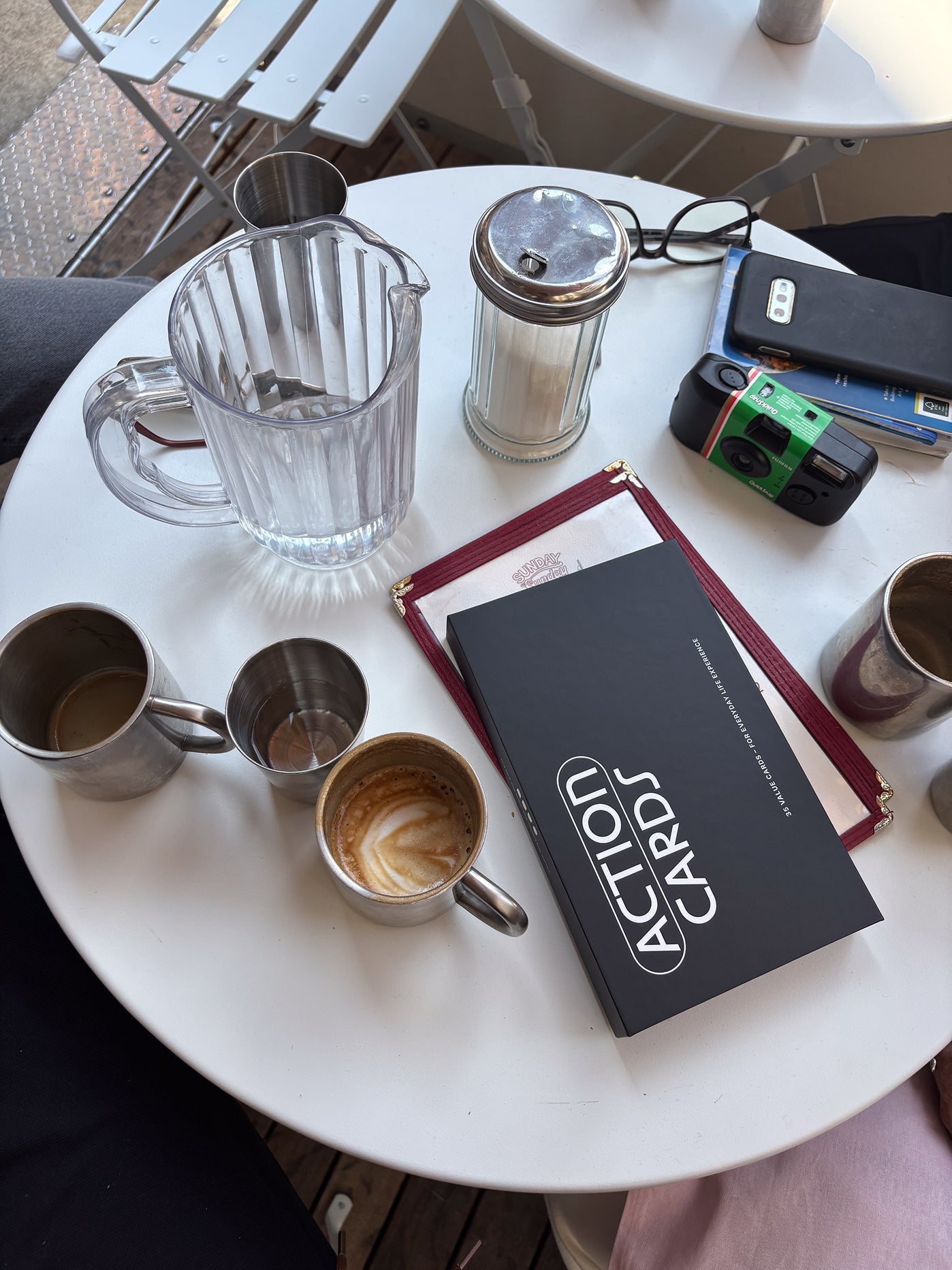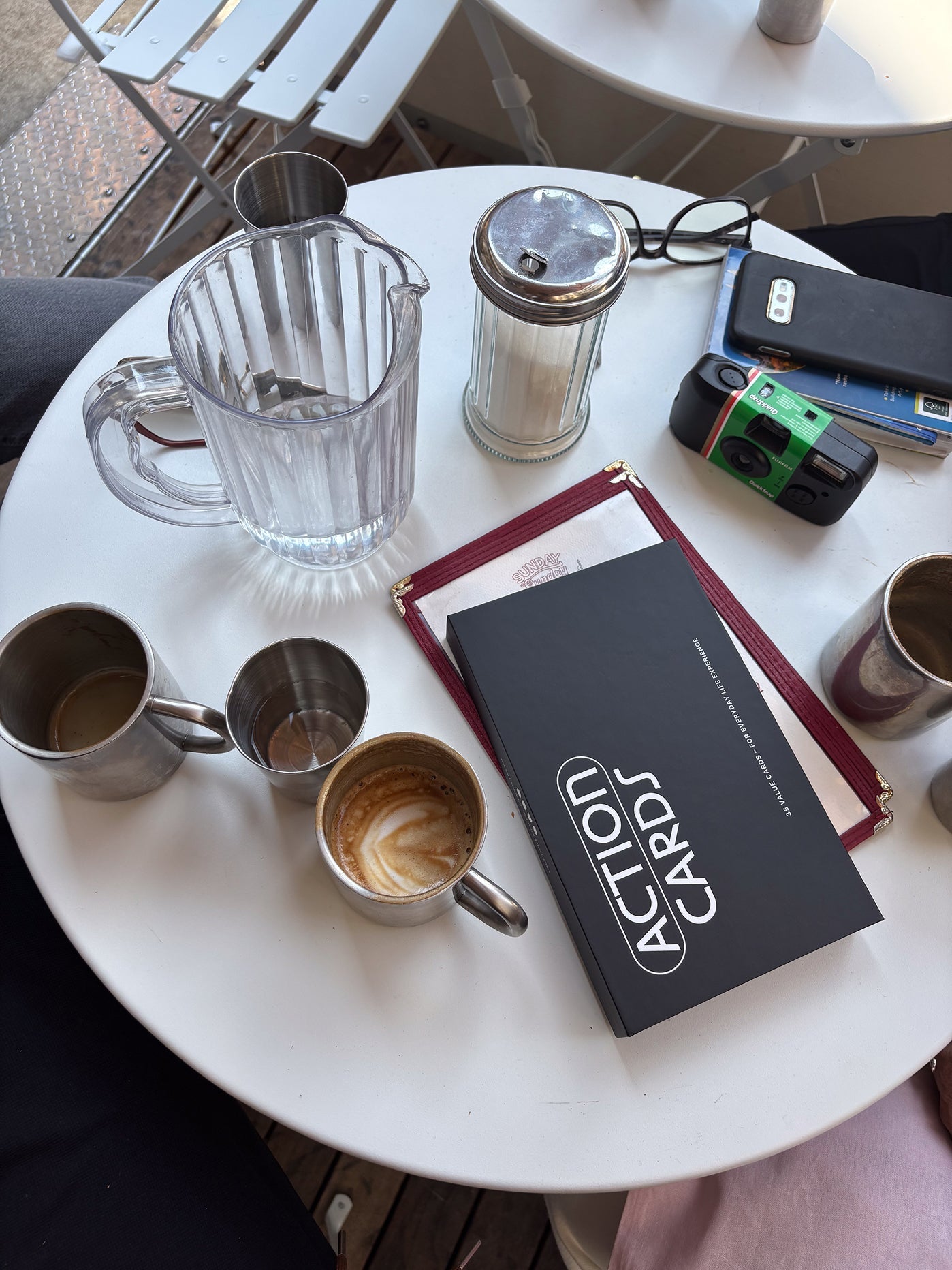Being empathetic: simply explained – and made tangible
Being empathetic means seeing the world through another person's eyes for a moment. Not guessing, not saving—understanding. This attitude connects head and heart, speech and silence, you and your counterpart. The good news: empathy can be trained.
Empathy: Perceiving how others feel – cognitively (understanding) and emotionally/affectively (compassion) – without merging.
Act empathetically: Understanding becomes a helpful impulse: ask, offer, hold space.
Self-empathy: Recognizing your own feelings/needs – the basis for maintaining empathy and boundaries.
Why being empathetic matters
Empathy provides orientation in complex situations. It strengthens relationships, reduces misunderstandings, and facilitates decision-making on equal terms. In teams, empathetic communication leads to clearer agreements, better collaboration, and more trust.
The building blocks: How empathy develops
- Cognitive empathy: Changing perspectives. "What could she be thinking? What does he need?"
- Emotional/Affective Empathy: Feel resonance – and stay with yourself.
- Self-empathy: reading your own signals, identifying boundaries.
- Compassionate action: From understanding to doing: asking, offering, being there.
"Empathy is not a favor. It is relationship competence—and an invitation to clarity and dignity."
Exercise: SONDER – the view that broadens
"Sonder" reminds us: Every stranger has a life as vibrant and complex as your own. Try it out:
- Choose a person in a café or on the train.
- Imagine: What does she dream about? What is she struggling with? What made her happy today?
- End the exercise with a silent thank you: “Your life is great – like mine.”
Want to delve deeper? This short video from the Dictionary of Obscure Sorrows brings "Sonder" to life.
Showing empathy: Conversation that connects
- Echo instead of judgment: “I hear that … is important to you.” First reflect, then respond.
- One more question: “What haven’t I asked yet that would help you?”
- I-messages: “I am unsure and wish…” – clear, without assigning blame.
- Setting boundaries: “I want to understand – and I need a short break.”
This is what empathetic communication looks like in everyday life: listening, summarizing, clarifying, and only then deciding. This builds trust – whether privately or within a team.
3 mini-rituals for empathy training
- 30-second check-in: "What am I feeling right now? What do I need?" – Self-empathy before every conversation.
- Perspective change note: After meetings, a line: “From X’s point of view, it was important…”
- Values reflection on Friday: “Where did I act empathetically this week – where not?”
Practice together: Tools that help
Our Action Cards translate abstract concepts into conversations. Draw a card, tell a story—and practice cognitive and emotional empathy with friends, colleagues, or alone.
How the MfW embodies empathy
At the Museum of Values, we have been collaborating with The Art of Embodying Change GmbH for years. We combine embodied practices (How do I experience the world?), aesthetics (What touches me?), narrative (What story am I telling?), and relationality (How good is our relationship?). Not just understanding— embodying .
“Empathy begins with a look – and grows with every honest sentence: I want to understand you.”
Your next step
Got the theory? Now you can feel it. Choose an exercise—echo, one more question, or "special"—and try it today. Notice what changes within you and between you.




